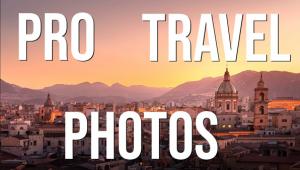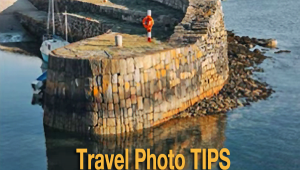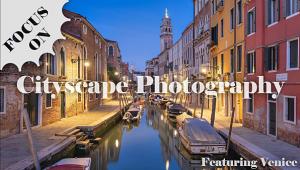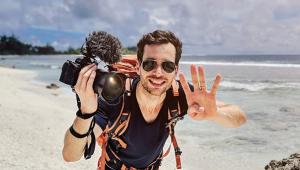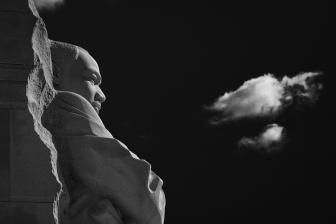How to Get a Job as a Travel or Landscape Photographer: 4 Top Pros Share Their Secrets
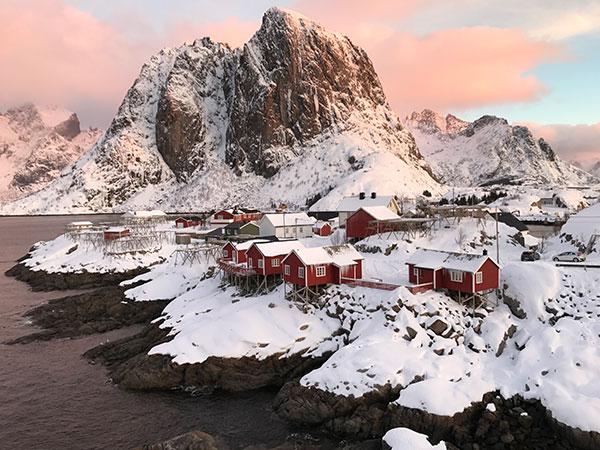
At this moment there are 32,527,830 #travelphotography posts on Instagram. With so many travel images posted online, and available for free, our business concern is that clients may find a great deal of those photos “good enough” to use. All of which makes it harder and harder to get a paying job as a travel or landscape photographer these days.
So, what do you do to combat this problem? For starters, you need to find more than one travel photography subject (e.g., cityscapes, landscapes, people) to rise above the online noise. You will also have to run a better, more efficient travel and landscape photography business and add value with additional services.
To learn more about the obstacles and opportunities to making travel and landscape photography a business, we spoke with four pros who are finding success despite the changing marketplace. Thanks to our contributors for their advice: Marguerite Beaty, Jen Pollack Bianco, Julie Diebolt Price, and Mike Swig.
Shutterbug: How do you work with each of these different types of travel clients: advertising, editorial, fine art, stock, corporate, photo workshops?
Mike Swig: The majority of my work now is done via private travel industry clients. I offer unique packages that are designed for each type of travel client and the majority include high-quality photos with additional services like social media takeovers or guest blog posts. Being able to add extra services makes finding clients a lot easier. If you can differentiate yourself from competitors, it will make finding work a lot easier. Going above and beyond can help create clients for life and recurring income.
Jen Pollack Bianco: I’ve had options on images for advertising campaigns, but nothing has panned out yet. So, I’ve been working on editorial and then selling images afterwards on the stock market. I don’t work in the fine art space because I don’t understand that niche and you really need to work with a top-shelf printer. I know many travel photographers who have healthy photo workshop businesses. But I’ve also seen destinations for travel photography workshops dry up—Iceland, for example. A destination gets bubbly, then hot, so everyone goes for a few years and then the market dries up.
Julie Diebolt Price: While my bread-and-butter work over the years has been with corporate and small business clients, I’ve been getting back into travel and landscape photography in the last two years. My big push has been into stock photography (which has a distinctive style) and editorial (travel writing with my photography). I have been marketing my photo training for community services classes, field sessions, and online teaching. I also create Airbnb Experiences and photo walks, combining travel tour guiding with photography. In the past, I hosted, guided, and taught photography workshops in Italy, but have stayed stateside for family caregiving reasons in the last few years.
Marguerite Beaty: When I lived in Miami, I had some very good years teaching workshops and it grew by word of mouth after 1.5 years. I felt very challenged in the beginning because there were times that the classes were too full and other times I had one or two students. Too many people canceled in the last minute but I never canceled a class. I think that is the most important tip: never cancel! If there is only one person, teach as if you were teaching to a group. I also hosted a free night photography meetup group that attracted many people and helped me obtain positive feedback for my classes. This was probably the most important marketing tool for my workshops. After about one year, I offered less and less free meetups. I started to teach one-on-one and those were more successful in terms of money, my time, and because I really preferred them. My workshops led me to customers who bought classes for friends or for themselves, customers who hired me to do private commissions, customers who bought my landscape and travel images. I focus on following people who I think would be good clients for buying images or for the online classes. I spend at least an hour writing comments on other people’s posts. This is very important because it has helped me connect to people. I have had quite a few customers coming from social media.
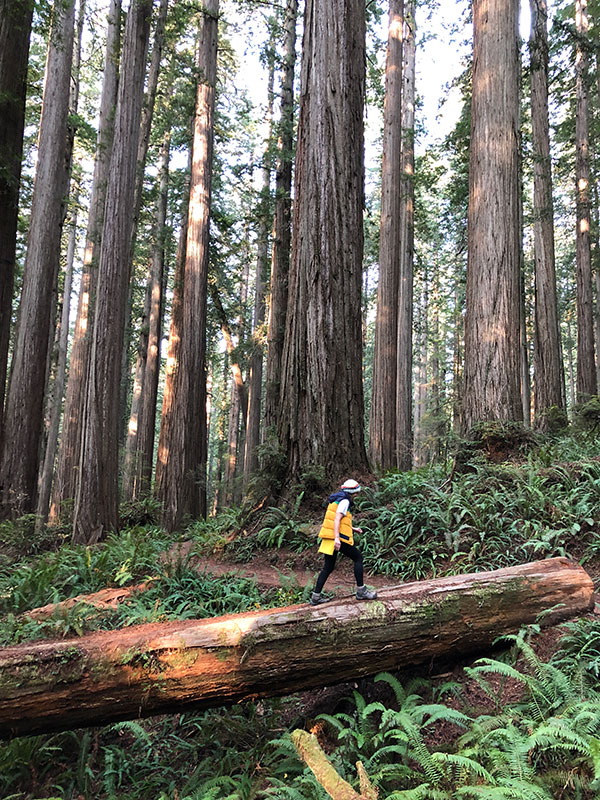
SB: How has your marketing changed? What seems to work best for you—using the traditional marketing (direct mail, ads, calling clients) or online marketing tools (websites, e-mail blasts, blogs, social media)?
Mike Swig: Online marketing tools are by far the best resource for me. Instagram has been a great way to get in touch and showcase my photography to potential customers and clients. E-mail marketing is always king, so having a strong opt-in that provides people value is always the best incentive. E-mail marketing is essential, but it is also important to use a combination of paid traffic, blogging, social, and other online tools. The hardest part is finding the perfect mix that fits your business.
Marguerite Beaty: Last year I focused on my new website and on my branding. This was the first time that I decided to take things more seriously and so I did a few online beginner-branding courses, bought books, and followed branding stylists on Instagram. I studied colors, my ideal customers, images and photo styles for my branding. I thought a lot more about my customer and how I could deliver what they want or need. I do believe that it’s important to have an idea of who you are and what your company offers and how you want to represent your company. If you don’t spend a bit of time doing this before any marketing campaign, it will be very hard for you. Brand yourself and then you will see how easy it is to remove yourself from things that don’t work. You will not waste time on new fads or pay for advertising in places where you won’t find clients. You will be more sure of yourself.
My marketing ideas for this year include: writing more on my blog/website; using my website to capture e-mails and connect with people; using my blog to capture e-mails to market directly to my potential customers; using MailChimp efficiently for e-mail marketing; focusing on Pinterest and Instagram. On Pinterest, I use many boards with tips for my photo classes, travel photos, and Instagram account. All of my images direct people to my website.
I recommend you choose about three social media platforms and work on them for one year. Don’t do more because you will not have time to work on them efficiently (that was one of my big mistakes). After one year, choose two that work for you and then give yourself another year. Does a year seem too long? You may be lucky and things may start to work out beautifully after a few months but chances are that you will need to understand how to post in a way that follows your brand and connects to your potential customers and one year is not much time at all.
Julie Diebolt Price: All of my marketing efforts are online. I have two websites: the “master” site, jdpphotography.com, and the dedicated travel site, jdptravels.com. Both websites are blogs that showcase recent work (ideally). Every month I publish an eNewsletter that covers recent activities, images, and class schedules. Each of my websites has related Facebook pages and Instagram pages. I do have a Twitter account and post to it when I produce a blog post. I am reaching out to Convention and Visitors Bureaus to find opportunities to write and deliver photographs with articles. The Photographer’s Market is an annual publication with seemingly endless opportunities to market your travel and landscape imagery. You simply have to follow the instructions, then deliver what they ask for when they respond to your query.
Jen Pollack Bianco: I reach out individually to clients in destinations where I know I am going next to see if it makes sense for us to work together. I usually do this through LinkedIn, e-mail, or a social media platform. If the client doesn’t have a social media presence they usually don’t want to work with me.

SB: You have probably done a lot of “learning on the job.” What advice do you have for those looking at getting into travel photography—pitfalls to avoid or opportunities to pursue?
Mike Swig: My biggest piece of advice is that you don’t necessarily need a large or expensive camera to get started. Find a reasonably priced compact with manual settings and work your way up. The best camera is the one that you are going to have with you! There are so many situations where I don’t want to lug around a DSLR, so by having a compact camera or even a new smartphone I can capture some amazing photos. Taking photos is only half of the battle, editing images is still another aspect of photography that most beginners don’t realize is important. Photoshop and Lightroom are the main resources I use for editing and I learned everything for free on YouTube. Once you have a base, start building your portfolio. Once it is decent, then you are ready to start reaching out and searching for clients.
Jen Pollack Bianco: Trends are always shifting so continuing education is part of the job. I feel like I resisted drone photography and I’ve seen it used everywhere, including wedding photography. If you are a freelancer, you can’t really take a break from new trends. It is most important if you’re still establishing your brand.
Julie Diebolt Price: Avoid getting comfortable or getting in a rut. The industry is changing constantly and in order to stay in business, you must continue to learn, to try new things, and be alert to trends. I had to rekindle my passion for photography because I became bored with the small niche I had developed. It took some dedication to get out of my comfort zone. I had to learn about camping and night photography; they go hand in hand—you’ve got to be in a dark sky with little to no light pollution. Make sure you use a tripod. That will definitely give you an advantage.
Get to know and understand your target market. For example, older adults don’t want to spend money on photography. Baby boomers are my target for the type of photography training that I do. Millennials are driving social media and it is the place to be right now.
Be sure you establish a budget for promotional expenses. The ability to boost posts on Facebook to a targeted audience is an advantage, but the fees can add up quickly and get out of hand. Consider producing short videos for stock agencies or for destinations, such as hotels, B&Bs, restaurants.
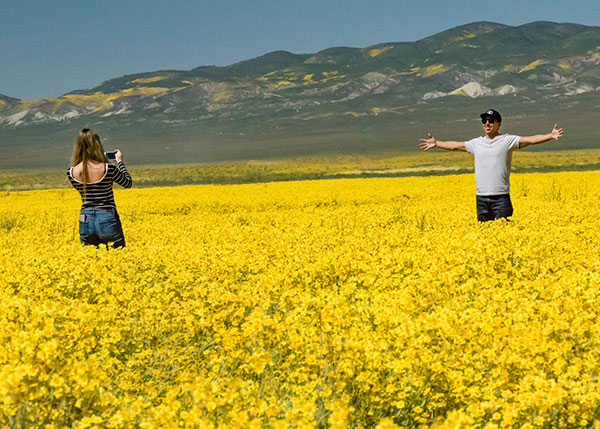
Marguerite Beaty: Travel photography is a very saturated market. There are different types of travel photography and you will need to choose your market carefully. Do you want to do this just to get a few freebies? Do you want to sell your photographs to collectors and publishers? Do you want to do this because you have thought of a niche market? Do you want to take a few years off and photograph while doing odd jobs? Here are some tips:
› Be very specific about why you are doing this so that you can connect with your market.
› Make sure that you have some income or an income-producing business on the side so that you can start this business or adventure.
› Study your market and find out who the influencers are and how they work (Instagram and Pinterest).
› Do a few traveling tests before you dive into this. Do some small trips, photograph and write about them and share so you can get feedback.
› Focus on your travel writing as well.
› It’s not always fun and glamorous! There are times when you will be lonely, wonder if you chose the right thing, and want to give it all up. Everyone goes through ups and downs. Traveling can take a toll on you so be ready to entertain yourself and have fun doing things on your own. But learn how to meet people in a safe manner.
› Share your work with publishers. Get to know who the editors of the publications are and try to connect with them. This will take time, so be patient.
› Connect with advertising firms or with graphic designers who buy travel images. This will take a lot of research. If you find one a year, that is fabulous. Keep researching. Look for small firms and for freelancers.
› Search for people who will appreciate your brand and don’t try to fit in with someone else’s brand. It’s not going to end well.
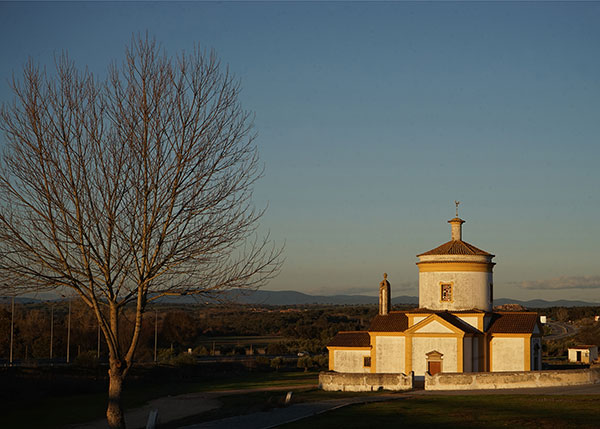
Resources
Marguerite Beaty: instagram.com/over50traveler
Jen Pollack Bianco: mylifesatrip.com
Julie Diebolt Price: jdpphotography.com
Mike Swig: swigmeetsworld.com




